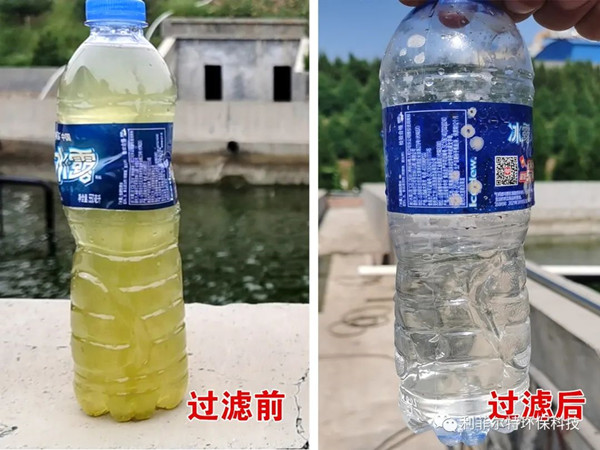2021-08-02
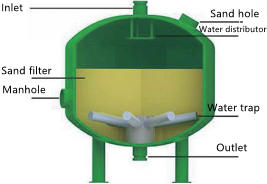
In a sewage treatment company in Zezhou County, Shanxi, wastewater is used for urban greening after treatment. There is always wastewater discharge during the use of existing processes. In order to achieve zero waste and save costs, it is necessary to select a water filter that meets the site conditions.
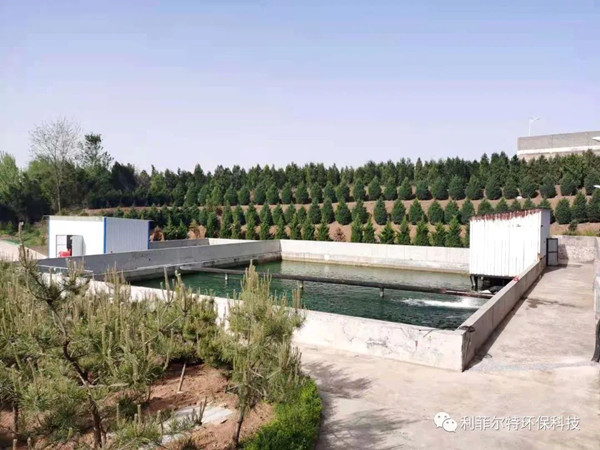
Project Overview
The water after the customer's dosing treatment enters the pool for precipitation, and after precipitation, the supernatant is pumped to the clear pool. The disadvantages of this situation are:
① There is no obvious boundary between the supernatant and the sedimentation liquid. A little carelessness will pump the sedimentation liquid into the clean water pool, causing a pool of clean water to be contaminated;
②Once the pump is pumped to the sedimentation liquid, it is easy to hold the pump, shorten the service life, and cause cost waste;
③The staff is required to check on the spot all the time, and the labor cost is high;
④The pool needs to be drained regularly, causing some water loss.
Water sample analysis test
Lifeierte technicians went to the site to select the pipeline layout and installation location, take a quantitative water sample, use filter paper to filter through pressureless permeation, heat drying and weighing, and conduct an experimental analysis on the water sample to obtain the SS content in the water. ≥100mg/L.
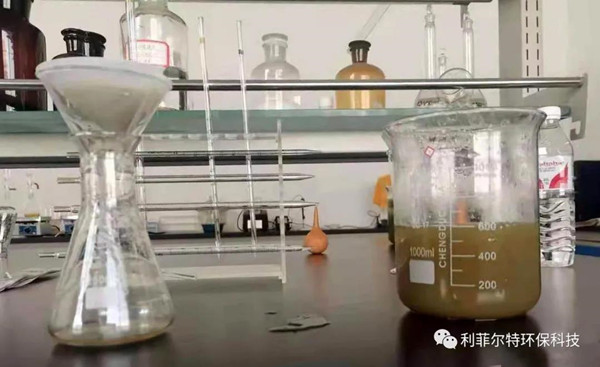
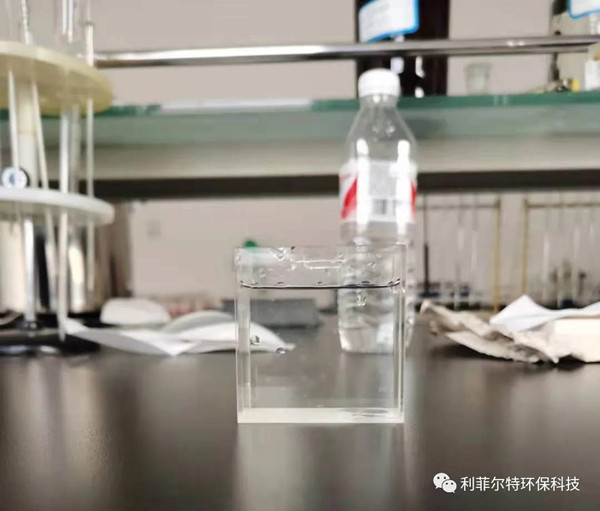
Design
The customer site is a sewage pond with poor water quality and high impurity content. Although the single-stage fine filtration can meet the water discharge requirements, the filter is easy to be blocked, causing frequent manual inspections and high maintenance costs in the later period; directly use a shallow sand filter to filter out Suspended matter has a high filtration rate, which belongs to coarse filtration and the turbidity of the influent affects the filtration effect.
According to the analysis of the effluent water quality and experimental data, considering the pressure, filtration rate and the same proportionally enlarged selection flow rate, the first-stage filtration is selected, and the effluent water quality is still not up to the requirements, so the plan design is: shallow sand filter + bag filter two Grade filtration, purifying the water quality of the customer’s site.
Installation site:
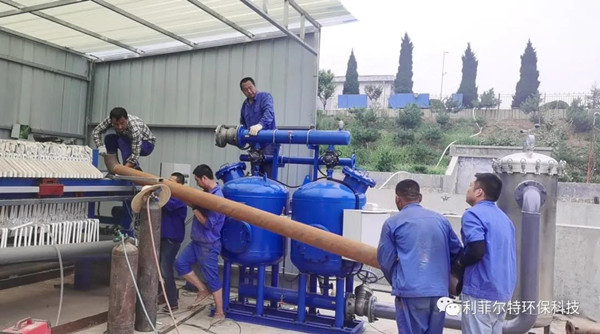
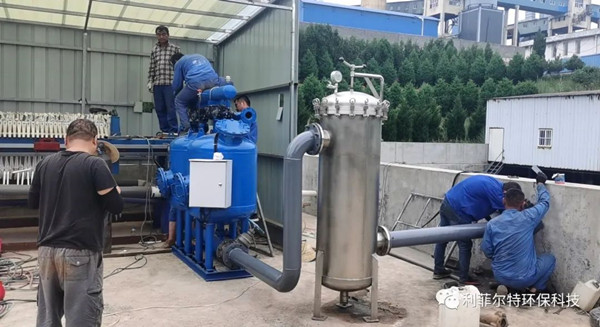
Client feedback
The first-level online shallow sand filter plays the role of coarse filtration, and the pressure difference reaches the set value to realize online backwashing; under the protection of the first-level coarse filter, the second-level fine filter can prolong the service life and maintenance cycle of the internal filter element. Save labor and consumable costs.
The shallow sand filter drain pipe is re-discharged into the sewage tank to realize the water recycling.
Shallow sand filter online backwashing, automatic control, liberation of manpower, fine filtration and fine filtration, secondary protection, real-time alarm, no sewage will enter the clean water tank and cause secondary pollution.
